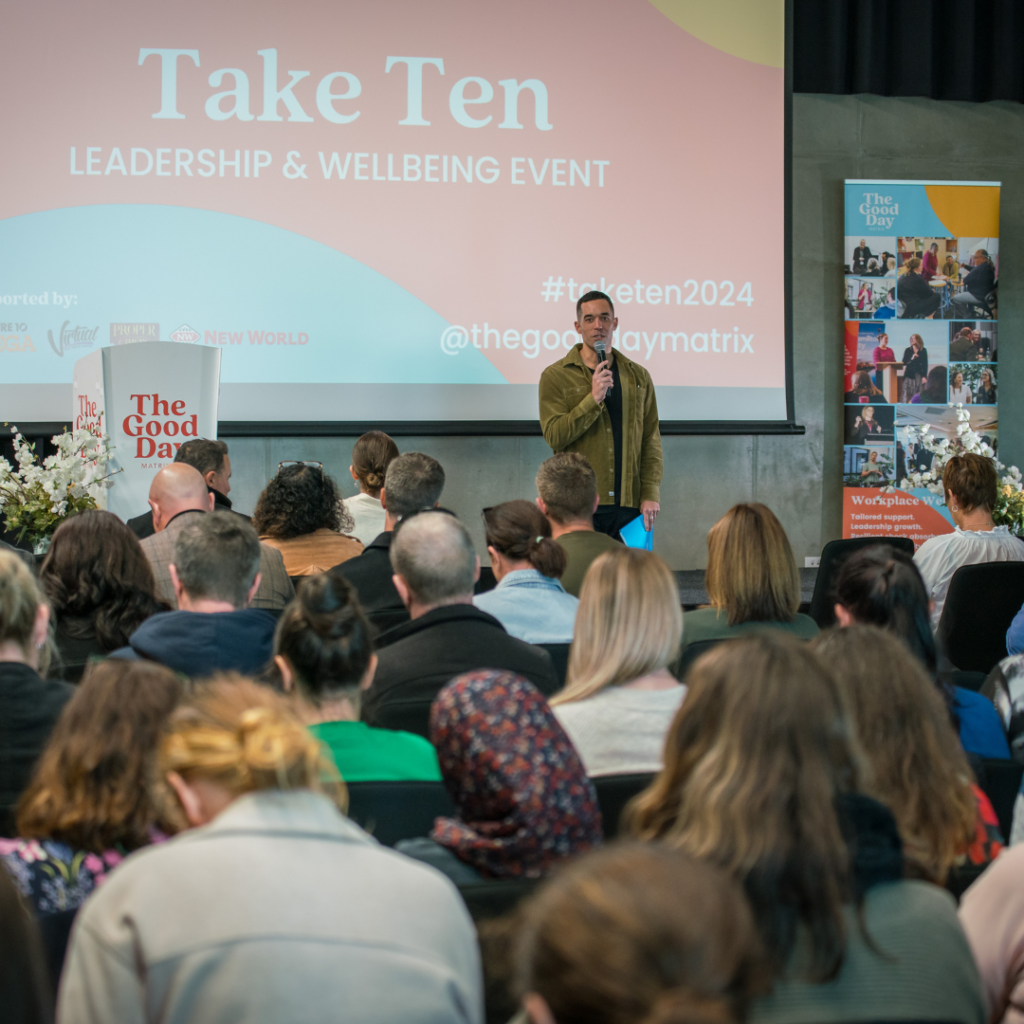Written by Daz Burns
There are many signs of burnout and there is no playbook for how to manage these unprecedented moments, but companies can make massive moves in the right direction by paying attention and listening closely to people
Old Mumma Bear she had a farm
E-I-E-I-O
And on that farm she had a tough day
E-I-E-I-O
With a snap snap here
And a snap snap there
Here a snap
There a snap
Everywhere a snap snap..
This is a blog about understanding ‘burnout’.
Burnout is that fiery smoking pile of shit that we end up in when we have pushed every limit that we have to the absolute brink.
The reality of this is that there are no smoking hot firefighters racing into our minds to save us.
And often, because our plates are overflowing with tasks, we don’t recognise the signs when we could have intercepted the glowing embers at the ignition phase of the burnout.
(The more official definition of burnout is ‘when you’re emotionally, physically or mentally exhausted’.. But a ‘fiery smoking pile of shit’ feels more accurate).
Once the burnout is fully developed it is too late to reason.
Too late to ask for help.
And WAAAY too late to stop the fire.
It feels like playing Tetris when all the shapes start flying down at you from the top and stacking on top of one another and you have no idea how to manage the speed or pieces.
Unispace reported that 70% of Kiwi workers said they have experienced burnout – compared to the global average of 59%.
There are a few things we need to do:
- We need to take action to reduce the risk of burnout at the embers phase.
- We need to discuss accountability and responsibility around burnout.
- We need to educate ourselves and understand what causes burnout.
Before we kick off I want to quote my favouritest pink human Alecia Moore-Hart aka, the ultimate entertainer and legend that is P!NK, who said in a post “bigger, better, faster, more is my motto, and as of today, I am all of that, plus ‘stronger, wiser, more resilient and more ready.’”
This illustrates one of the key messages of this blog which is that stress and challenge are needed in our lives to push us out of our comfort zones in order to push boundaries and achieve amazing things. But, to be extremely clear, we need to wise up, tune in, show up and understand when the stressors and challenges are building up and we are not thriving.
How can we take action to reduce the risk of burnout before it takes hold?
James Clear says “Curiosity is the beginning of knowledge. Action is the beginning of change.”
Sometimes it can feel like a no-win scenario because you don’t want to sit in your comfort zone all the time, but you certainly don’t want to be out there in the panic zone either! There is a healthy space called the stretch zone that you should aim for that keeps you engaged, open to learning and at a ‘’healthy” level of challenge, that will ultimately reduce your risk of burnout.
Adam Grant, highlights that a lack of social support is directly linked to burnout. So, regularly checking in with yourself and your people is another easy approach to reducing the risks of burnout. Keep that connection strong. Ask yourself things like ‘How do I want to think, feel, and behave tomorrow?’ Check-in with your thoughts, your emotions, your behaviours and how your body is responding to challenges when they come your way.
It is an undeniable fact now that “companies need to take bold steps to address burnout” (business.govt.nz). Businesses are accountable and responsible for taking care of their people. No exceptions. Adam Grant puts this so eloquently and also smacks you in the face blatantly at the same time saying, “If you want to keep people, stop exhausting them.” As an employer, a focus point to prevent burnout is to get to the root cause of workplace stressors and open up conversations to get them ironed out. So, creating a safe environment for people to share is critical.
To prevent burnout, employers need to set clear, achievable goals and ensure they reduce ambiguity wherever possible so their people can have clarity in their mahi. Leaders also need to support their people to bridge the gap if they don’t have the required skills to do their jobs effectively. Regular communications and check-ins are non-negotiable to support your team to manage their workloads and the pace they are moving at. Employers also need to know that identifying signs of stress is not enough, you need to actively work with your people to stop the stressors in their tracks.
And to round out this point, the amazing New Zealand Director, James Ashcroft talked to us about ‘forecasting’ when things are feeling like they are getting on top of him. He has had all his comms with his family and close colleagues ahead of time so that when overwhelm, stress or burnout are looming, they know what he needs without him having to be able to find the words. For example, he will flag that the forecast is looking rocky and his wife knows that he needs her to keep things ‘steady’ while he regains his footing. When you are feeling this way, the answer is almost always less! Less mahi. Less ruminating. Less stress.
Be proactive! Be self-aware! Be brave! Don’t go it alone!
Who should be accountable and responsible for burnout?
Short answer… EVERYONE!
By now we all know that sustained, or high levels of work-related stress can (and will eventually) lead to burnout. Theresa Gattung, who found herself at one point in her career crashing into the proverbial burnout wall, said that “there is time to do everything. But not between breakfast and morning tea.” This needs to be an awareness for employers AND employees.
If you get asked ‘how you are going’ and you say what you think you should say or you surface act with a fake smile, this will lead you down the burnout trail really quickly! You can not fake your feelings long-term. You just can’t. If your job has high demands and the resources you have (like time, manpower or budget) don’t add up to what you need… you guessed it!
Highway to burnout! If we want our people to be able to go above and beyond for our organisations, then we need to support them to be coming at the projects and workloads from a healthy place, well-resourced, not from a deficit.
There is a saying about not letting anyone else ruin your day, that it is in fact your day, so you should just ruin it yourself – enter self-sabotage. Personally, we have to make good choices, we have to take ownership of the decisions we make and understand when we are making decisions that send us down negative paths. Making healthy decisions is not always the easy road to choose, but it is the most important.
As much as we would like to think we have this ability, we can not read minds. So we can not make assumptions about what others expect, or think, or feel. We ALL need to be accountable to show up in conversations with honesty and integrity with the intention to make things better for ourselves and for others.
Dr. Galia Barhava-Monteith talks about downward spirals and the need to activate positive spirals while still in a declining mindset. With regard to this, we all need to be aware of how external influences contribute to burnout.
When moods drop.
When perspectives narrow to ‘nothing will help’.
When people withdraw from the team.
When nothing seems to change, when the stressors are piling up on top of each other these external influences become overwhelming and if we let them keep us down, in a short space of time, it can lead to burnout and depression.
As leaders, if we are the ones layering the stressors on our people, we need to hold ourselves accountable.
As employees and team members, if we are the ones on the receiving end of the layering stressors, we need to initiate conversations and not let things slide past where we can completely cope.
What causes burnout?
Bandaids on bullet holes are a big factor of burnout.
Employers thinking that increasing workloads can be ‘managed’ with holidays, bonuses, morning teas and free app access to things like mediation services is a huge error in judgment.
It is also a disrespect to your people and what they are facing daily.
Coping, reacting, surviving, getting it done… These are surefire ways to exacerbate burnout and fan the flames.
In this example, the ONLY solution is to STOP THE WORK OVERLOAD! (can ya’ll say it with me? ‘Boundaries!’)
Information overload can be another massive contributing factor to burnout.
When we spoke with Carol Brown she gave the example of being an umbrella for her people, and filtering all the multitudes of incoming information to spare them from having to be across unnecessary.
When people feel overwhelmed or in any of the stages of burnout, they can end up avoiding, switching off, disengaging or disconnecting.
So our role as leaders is twofold.
First, to act as the umbrella to filter the information flying in sideways.
And second, as the employee, selecting what you need to know and prioritising the actions you need to take and where you put your attention.
As José Ortega y Gasset puts it “Tell me what you pay attention to and I will tell you who you are.”
Assuming we ‘must’ or ‘should’ is another leading cause of burnout.
Why? Because we are effectively creating imaginary expectations that we need to live up to, that eventually lead us to feeling like absolute failures. It is like fighting fire with fire.
As listed on business.govt.nz, the six main causes of stress leading to burnout are:
- Consistently high workloads and/or pace of work with little or no chance to rest and recover.
- Unclear job requirements and constantly changing priorities.
- Employees feeling like they’re not part of the team.
- Low levels of trust, lack of support and unresolved conflict.
- Changes at work that haven’t been well managed.
- Bullying, harassment or threats of violence.
You will find I talk about psychological safety ALOT because as an employer you need to ensure that your environment fosters and encourages open communication. Simply speaking, if there are problems, people are comfortable sharing them and we work together to solve them. There should be nothing to be afraid of when raising issues, then we can all become aware of what needs to be fixed and get to work.
There are many signs of burnout and there is no playbook for how to manage these unprecedented moments, but companies can make massive moves in the right direction by paying attention and listening closely to people, being open to creative solutions, and giving new ideas a nudge to change things up if the current culture or systems aren’t serving your team (leanin.org).
In conclusion
Wellbeing is not a nice to have, it is beyond critical.
If you ignore the potential of burnout in yourself or in your people, you are on the highway to the danger zone, in a runaway train!
And I tell you what, once burnout has engulfed you, it is unbelievably difficult to extinguish.
So get that proactive approach woven into your organisation’s fabric and make clear plans to support your people sustainably.
Stress is an inevitable part of our lives, just like change and a certain level of stress can help you to perform your role exceptionally well, but beyond that into overload, overwhelm, anxiety or burnout quality performance rapidly declines and is extremely hard to get back.
No more bandaids on bullet holes. Get to the root cause of stressors and eradicate them at the ember phase before the fire can grow. It might seem daunting to unearth years of repeated behaviour, but there is a way forward – find the way that is authentic and effective for you. Today.
Action points from this blog:

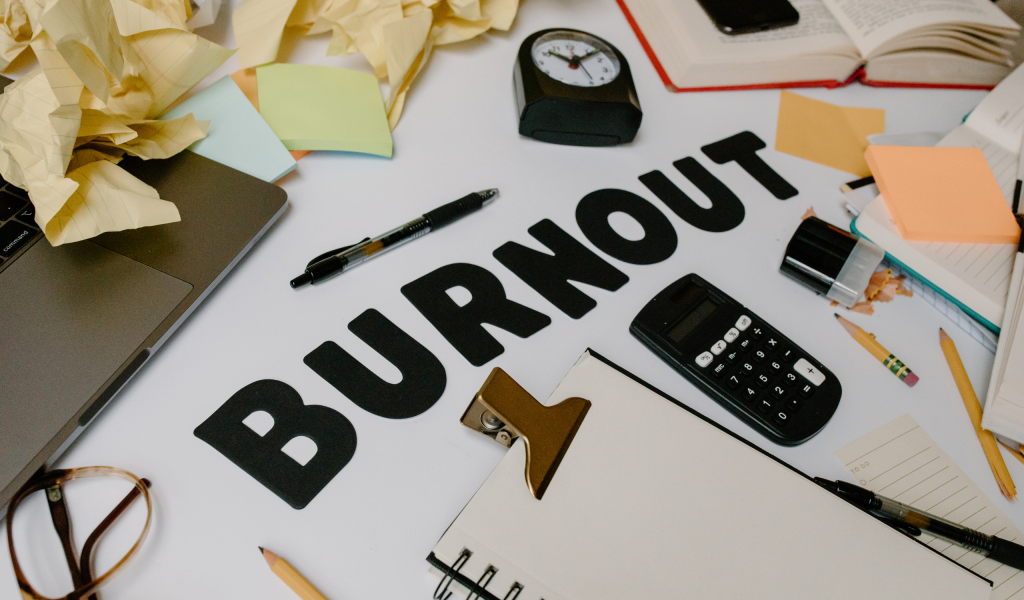

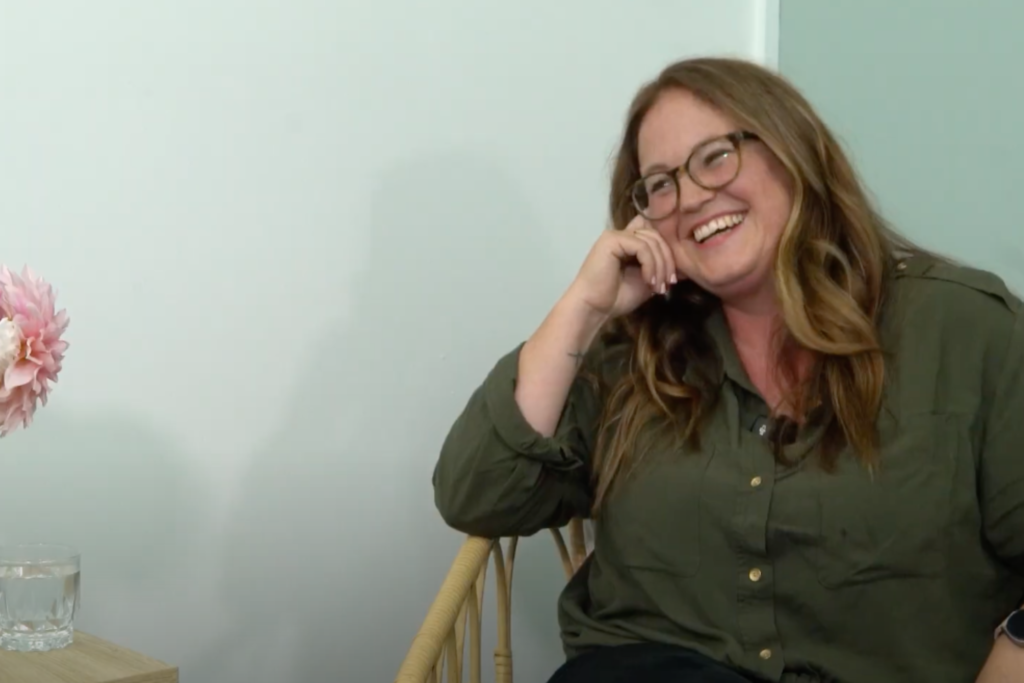
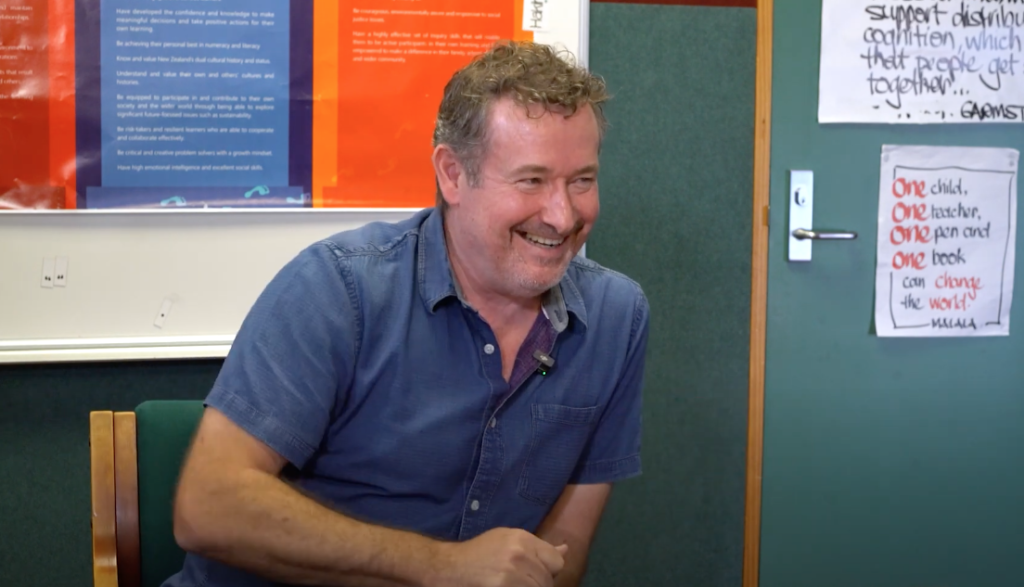
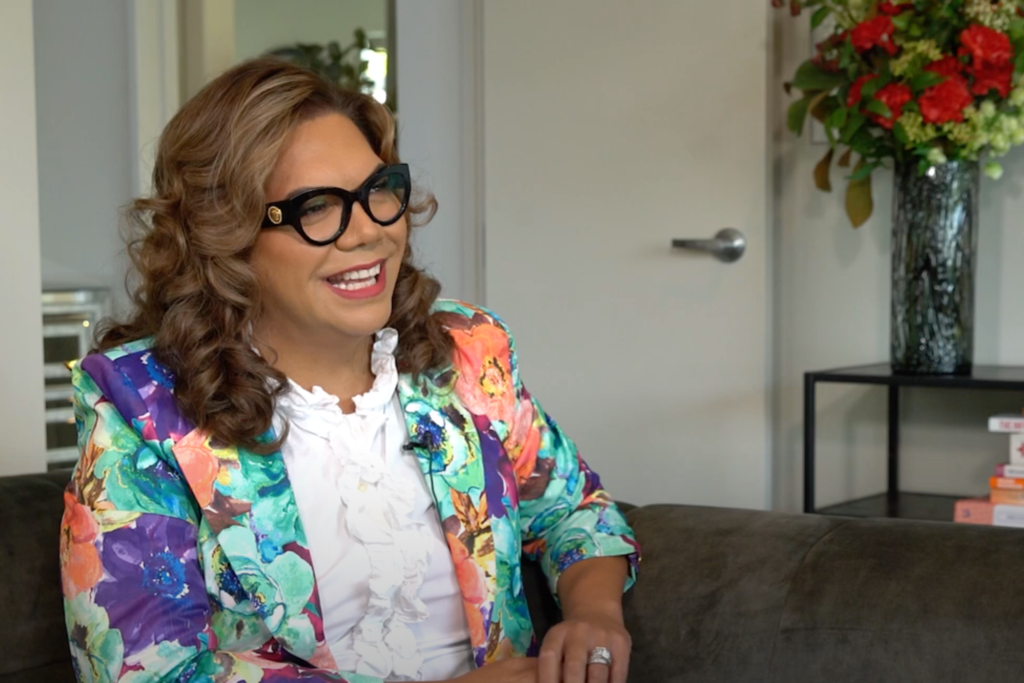







 Date: October – Clear your Friday’s!!
Date: October – Clear your Friday’s!!  Time: 9am – 1pm
Time: 9am – 1pm Location: Kirikiriroa
Location: Kirikiriroa